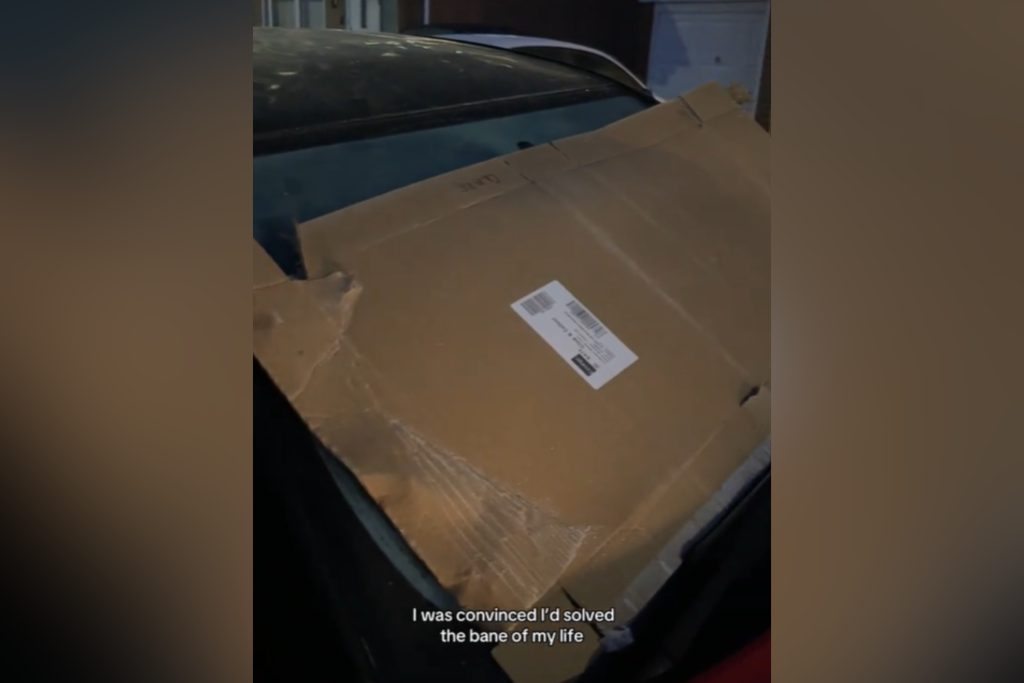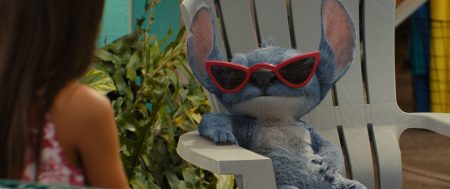The ubiquitous winter woe of a frozen windshield plagues drivers in colder climates, demanding a daily ritual of defrosting before hitting the road. The age-old methods range from the potentially damaging practice of pouring hot water over the glass to utilizing de-icer sprays or patiently waiting for the car’s internal heating system to melt the frost. Seeking a more efficient solution, TikTok user Abbey Clare attempted a seemingly simple hack: covering her windshield with cardboard overnight. Her intention was to prevent frost from forming in the first place, a seemingly ingenious preemptive strike against the icy adversary. However, her viral video documented a disastrous outcome, revealing the cardboard fused to the windshield, a soggy, frozen mess that tore apart upon removal.
Clare’s video sparked a wave of reactions across TikTok, ranging from amusement to genuine advice. Some users poked fun at her misfortune, suggesting she employ the car’s built-in defroster or, sarcastically, pour hot water over the already compromised windshield. Others offered more practical solutions, such as using a standard windshield cover, a readily available product designed specifically for this purpose. The incident highlighted the pitfalls of improvising solutions to common car problems, particularly when readily available and safe methods exist. While Clare’s intentions were good, her experiment inadvertently underscored the importance of relying on proven methods, especially when dealing with the delicate and temperature-sensitive nature of automotive glass.
Amidst the humorous commentary, some users expressed empathy for Clare’s predicament, acknowledging the trial-and-error nature of problem-solving. One commenter validated her attempt, admitting that the cardboard solution initially seemed clever. This sympathetic response reflected an understanding that sometimes the only way to determine the effectiveness of a solution is through experimentation, even if it results in an undesirable outcome. The incident became a relatable example of a well-intentioned effort gone awry, a testament to the occasional futility of DIY solutions.
The incident also provided an opportunity to reiterate the safest and most effective methods for de-icing a windshield. The AA, a reputable car insurance company, advises against using hot water due to the risk of cracking the glass, emphasizing the use of the vehicle’s internal heating system and air conditioning to clear the windshield. They recommend supplementing this with a scraper and de-icer spray to expedite the process. This expert advice underscored the importance of following established guidelines for car maintenance, particularly in situations involving potential damage to the vehicle.
Clare’s cardboard debacle serves as a cautionary tale for those seeking quick fixes to winter car woes. While her ingenuity is commendable, the outcome highlights the importance of adhering to proven methods. The incident underscores the value of seeking expert advice and relying on readily available tools designed specifically for addressing common car problems. While the viral video brought amusement to many, it also provided a valuable lesson on the limitations of DIY solutions and the importance of prioritizing safety and effectiveness.
The widespread engagement with Clare’s video demonstrates the universal nature of winter car troubles and the shared desire for efficient solutions. The incident sparked a conversation around best practices for de-icing, highlighting the potential dangers of unconventional methods. While Clare’s experience may have been frustrating, it ultimately served as a valuable learning experience for herself and countless others online. The viral video, initially documenting a failed experiment, transformed into a platform for sharing practical advice and promoting safe car maintenance practices during the winter months. The incident underscores the power of social media in disseminating information and fostering community learning, even through the lens of a humorous mishap.










